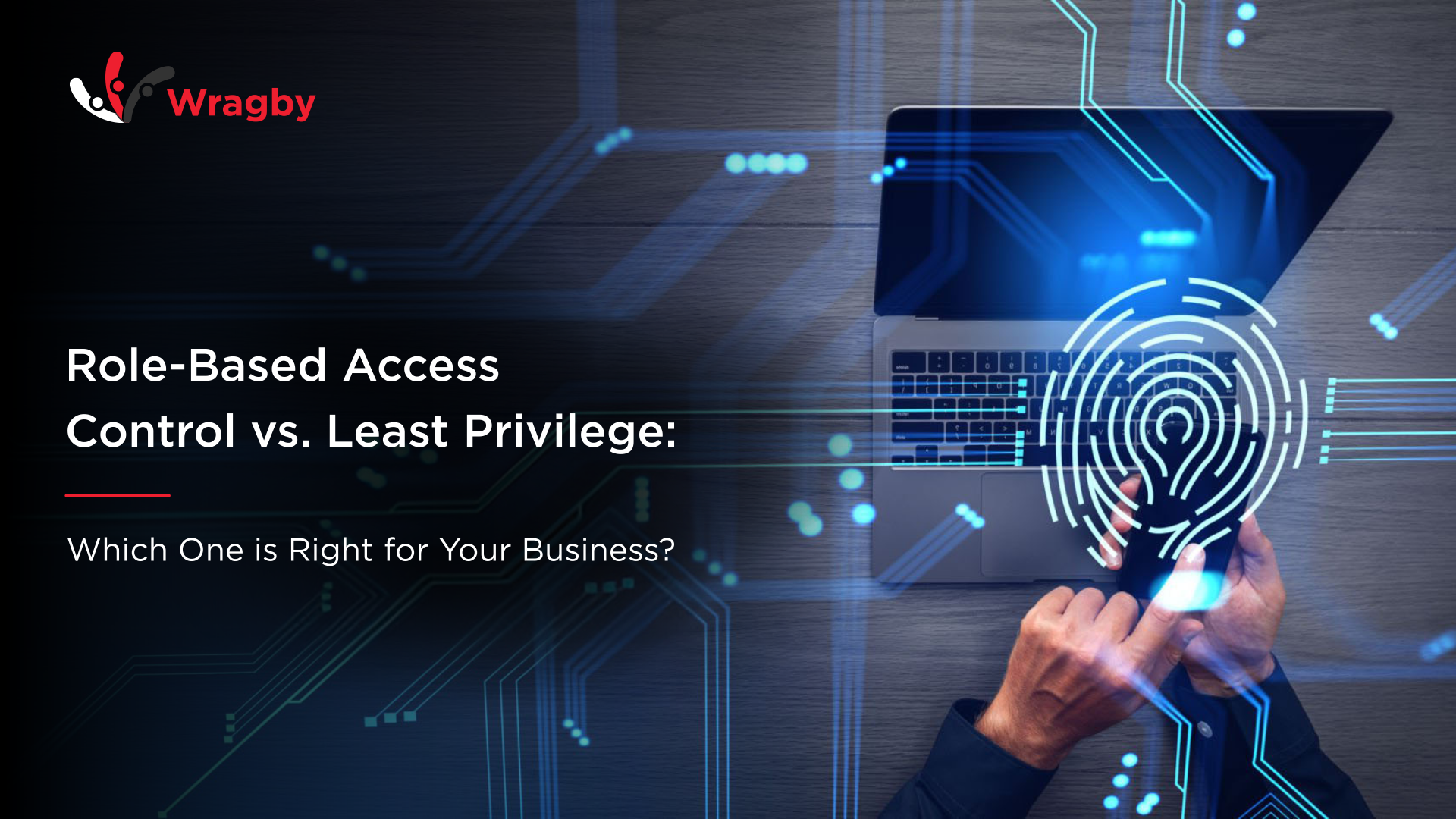
Role-Based Access Control vs. Least Privilege: Which One is Right for Your Business?
A junior employee in a financial firm accidentally accessed a folder containing sensitive client data. He wasn’t trying to steal information, he just needed a report for a project. But because the company lacked proper access controls, he had permission to open, edit, and even download confidential files.
A few clicks later, a critical spreadsheet was accidentally deleted, causing financial discrepancies that took months to fix.
This is a common problem in businesses today. Employees are often granted more access than they need, increasing the risk of data breaches, insider threats, and costly human errors.
According to the 2023 Verizon Data Breach Report, 80% of data breaches result from stolen credentials or excessive access permissions.
Two security models—Role-Based Access Control (RBAC) and the Principle of Least Privilege (PoLP)—offer solutions to these challenges. But which one is right for your business?
Let’s break them down.
What is Role-Based Access Control (RBAC)?
RBAC is like a company ID card—what you can access depends on your role in the organization. Instead of assigning permissions individually, companies create roles with predefined access rights. Employees are assigned roles based on their job functions.
How RBAC Works:
Users are assigned roles – Example: HR Manager, IT Admin, Sales Rep.
Roles have predefined permissions – HR Managers can access payroll, but not IT systems.
Permissions apply to all users in a role – Instead of granting access per user, it’s managed at the role level.
Real-World Example of RBAC
Hospitals Using RBAC:
Doctors can access patient medical records but not billing data.
Nurses can update patient vitals but cannot prescribe medication.
Billing staff can process payments but cannot see patient diagnoses.
This structured model reduces errors, prevents unauthorized access, and improves compliance.
Benefits of RBAC:
Efficiency – Easier to manage than assigning permissions per employee.
Security – Employees only access what’s necessary for their role.
Scalability – Ideal for growing businesses with many employees.
Disadvantages of RBAC:
Role explosion – Too many roles make management complex.
Limited flexibility – One-time access needs require manual approvals.
Broad permissions risk – Some roles might have more access than necessary.
What is the Principle of Least Privilege (PoLP)?
PoLP operates on a zero-trust model—users start with no access and get only the minimum permissions needed for their tasks.
How PoLP Works:
Users start with no default access.
Temporary access is granted as needed.
Permissions expire after task completion.
Real-World Example of PoLP
Tech Companies Using PoLP:
A software engineer needs database access for a migration project. Instead of granting permanent access, the company grants access for 24 hours, then automatically revokes it.
This minimizes risk if the engineer’s credentials are compromised.
Benefits of PoLP:
Stronger security – Reduces insider threats.
Smaller attack surface – If a hacker gets access, they can do minimal damage.
Regulatory compliance – Meets ISO 27001, NIST, and GDPR standards.
Disadvantages of PoLP:
More admin work – Frequent approvals slow workflows.
Potential delays – Employees may wait for access.
Not practical for all roles – Some positions need broad access.
RBAC vs. PoLP: Key Differences
| Feature | Role-Based Access Control (RBAC) | Principle of Least Privilege (PoLP) |
|---|---|---|
| Access Assignment | Based on job roles | Based on specific tasks |
| Flexibility | Structured but rigid | Highly dynamic |
| Security | Good, but some roles may have excessive access | Stronger, minimal permissions |
| Ease of Management | Easier to manage at scale | Requires continuous monitoring |
| Best For | Large teams with predefined roles | High-security environments |
Which One Should You Choose?
Use RBAC if you need structured access control for many employees.
Use PoLP if you deal with sensitive data and need strict security.
Best Practice: Combine both—RBAC for general access, PoLP for critical systems.
RBAC vs. Other Access Control Models
RBAC vs. Access Control List (ACL)
ACL assigns permissions directly to users for specific files or systems.
| Feature | RBAC | ACL |
|---|---|---|
| 1. Access Control | Based on roles | User-based permissions |
| 2. Scalability | High | Low |
| 3. Best For | Businesses with structured teams | Small teams, specific user needs |
RBAC vs. Mandatory Access Control (MAC)
MAC is used in government and military settings, where access is based on security clearance levels.
| Feature | RBAC | MAC |
|---|---|---|
| Flexibility | High | Low |
| Security Level | Medium-High | Very High |
| Best For | Corporate environments | Government agencies |
Common Questions About Access Control
What is the difference between RBAC and the principle of least privilege?
RBAC assigns permissions by role, while PoLP grants only temporary, task-based access. PoLP is stricter but provides better security.
1. Which is better: Role-Based or Mandatory Access Control?
RBAC is more flexible and easier to implement. MAC is stricter but used mainly in government settings.
2. Why is Role-Based Access Control better than per-user permissions?
RBAC reduces admin workload—instead of managing permissions for each user, you assign them to roles.
3. What are the disadvantages of RBAC?
RBAC can become too complex with too many roles. It also lacks flexibility for one-time access needs.
4. Which is better: RBAC or User-Based Access Control (UBAC)?
RBAC is better for large organizations, while UBAC works for small teams with specific access needs.
Best Practices for Implementing RBAC and PoLP
Conduct an Access Audit – Identify who has access to what.
Follow the Least Privilege Principle – Start with minimal access and increase only when necessary.
Regularly Review Roles and Permissions – Prevent “role creep” (when employees accumulate unnecessary access).
Use Automation – Implement access control tools to enforce policies.
Monitor and Log Access – Track who accesses sensitive data.
Final Thoughts: Which Model is Right for You?
Choose RBAC if your business has structured roles and needs efficient permission management.
Choose PoLP if you handle highly sensitive data and require strict security.
For maximum security, combine both models – Use RBAC for general access and PoLP for high-risk areas.
Access control isn’t just an IT concern—it’s a business necessity. Companies that fail to manage access risk financial loss, reputational damage, and legal consequences.
The good news? With the right strategy, you can protect your business while keeping workflows efficient.
Need help implementing secure access controls? Let’s talk about the best solution for your business!



Leave a Reply